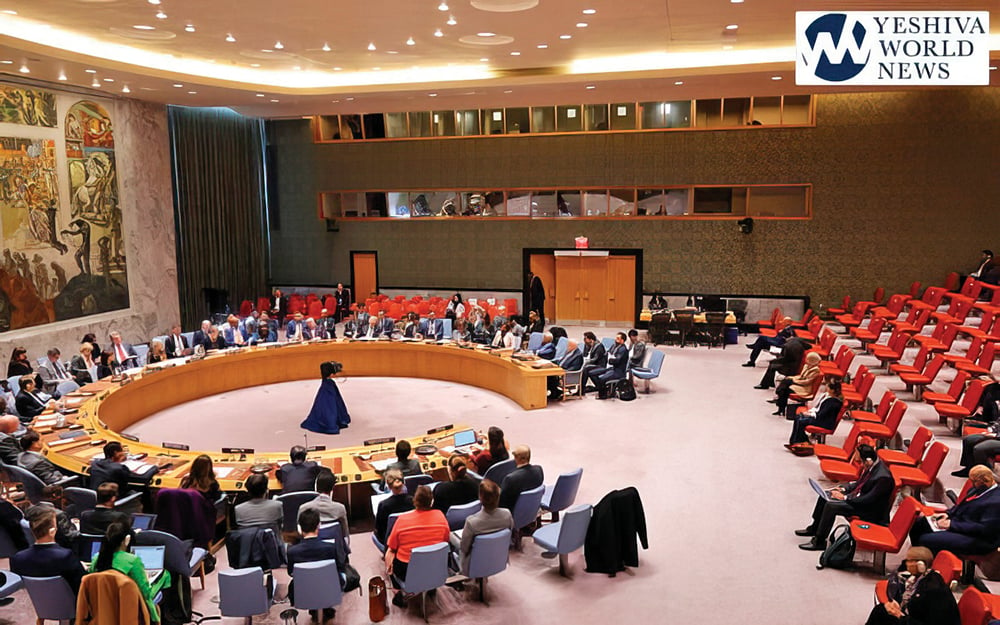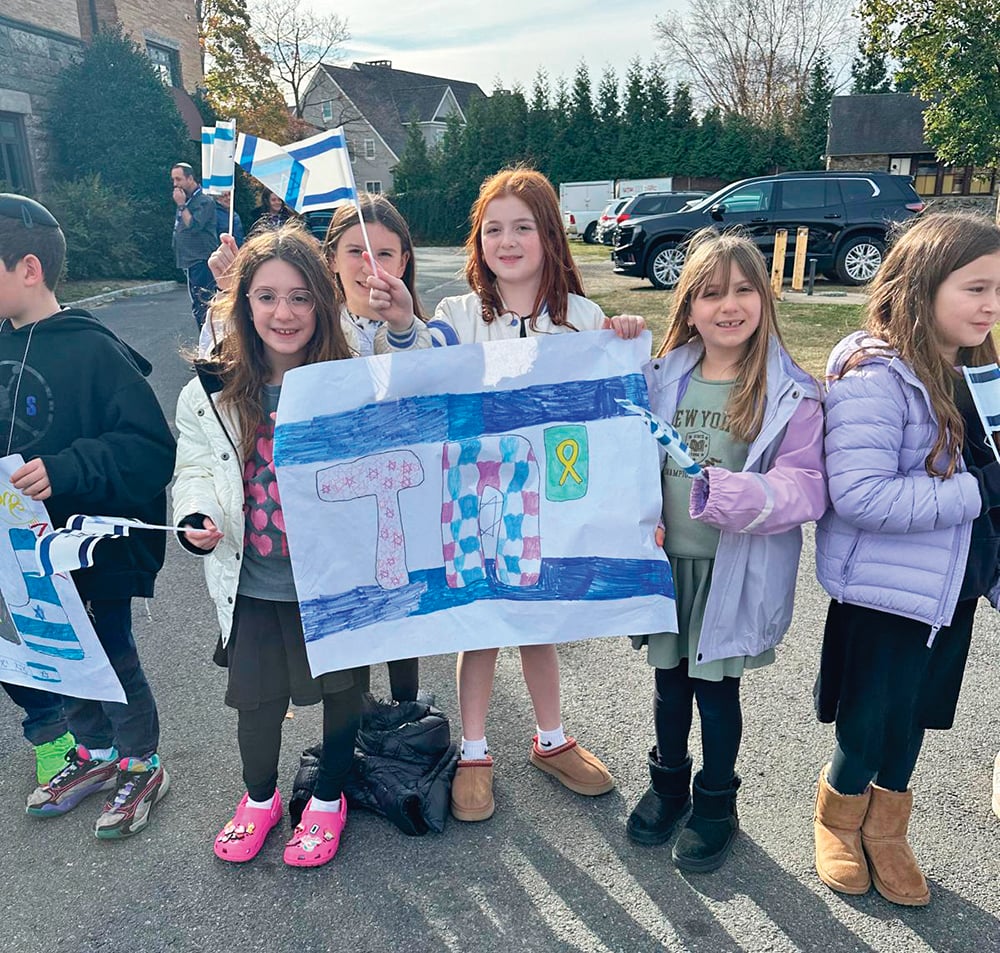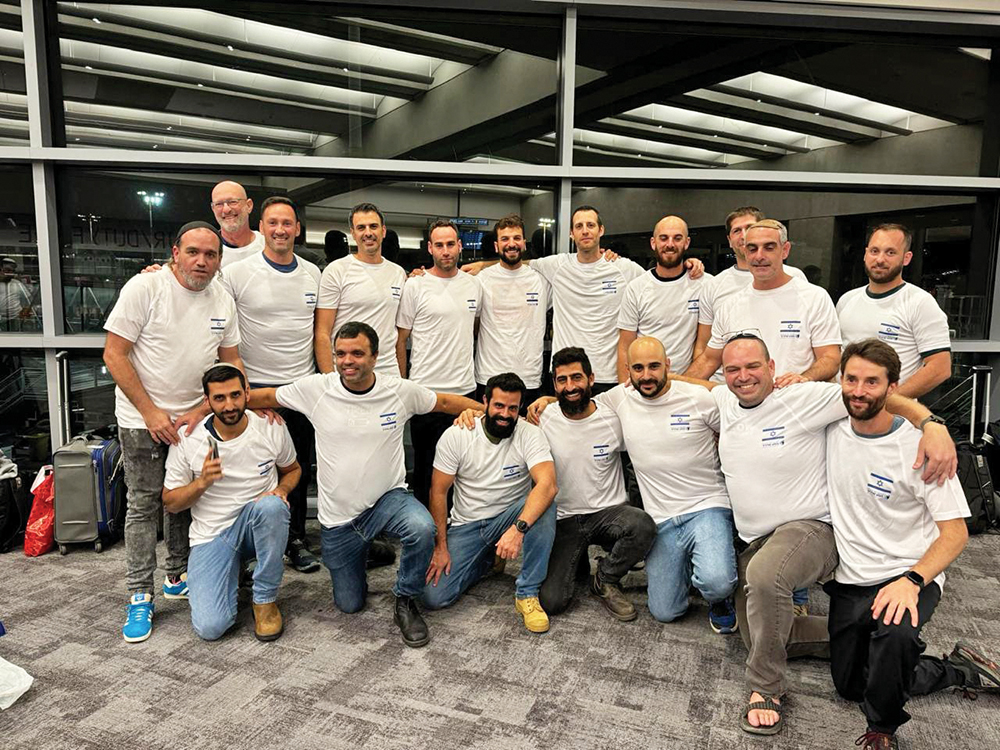When I lived in Eretz Yisrael, every year on the morning after Lag B’Omer, my apartment in Yerushalayim smelled like smoke from all the bonfires that burned the night before. I would still feel the heat of the bonfires near the forest when I rode the Egged bus in Har Nof in the morning. What’s the big deal about bonfires on Lag B’Omer?
The Bnei Yissaschar explains that the day that Rabbi Shimon bar Yochai taught the Zohar, the sun didn’t set, thereby lighting up the night. We therefore light bonfires to commemorate the bright light that came from the Torah of Rabbi Shimon bar Yochai. Lag B’Omer itself starts the final third of the Omer, which totals 49 days from Pesach to Shavuos. The Omer is divided into trimesters. The second trimester ends on day 32, which is the Gematria of “lev” (heart.) In this part of the Omer we focus on developing the heart. The last trimester is the one closest to Shavuos, when the light of Torah was revealed to the world. The Shem Mishmuel says just like the sun starts to illuminate the world before the day starts (at dawn), so the period of time prior to an event receives light from the upcoming period. The last trimester starts receiving light from Shavuos, when the Torah was given.
It’s during the first 32 days of the Omer, ending on Lag B’Omer, that the disciples of Rabbi Akiva perished. They died because they did not have sufficient respect for each other; they were held to very high standards since they represented the future of Torah observance for the next generation. This teaches us the lesson that an essential part of our Torah observance must include focusing on developing our compassion and caring for others. Lag B’Omer starts our focus on enhanced Torah learning and reaffirming our unwavering commitment to performing Hashem’s mitzvos. The purpose of leaving Mitzrayim was to receive the Torah on the Sixth of Sivan. Part of our preparation for this event includes the custom of studying Pirkei Avos on Shabbos afternoons during the Omer period, as these Mishnayos focus on character development. With all this background in mind, we have a new understanding of why precisely on Lag B’Omer was this light of Torah revealed.
There’s an amazing insight from the B’nei Yissaschar who says Rabbi Yochanan ben Zakai told his top five disciples to discern how to achieve the best path in life. Rabbi Eliezer ben Aruch said it was to have a “good heart.” Rabbi Yochanan said this was the best approach because it included all the other opinions. A good heart in Hebrew is “lev tov,” whose numerical value is 49. Lev is 32 and tov is 17. In the first 32 days of the Omer, we work on our heart—having care and concern for others. In the last part of the Omer, we prepare for the giving of the Torah on Shavuos.
The Bnei Yissaschar teaches us a fundamental idea. The first time the word tov is written in the Torah is at the completion of the first day of creation. “Hashem saw the light was tov/good.” The word tov is the 33rd word in the Torah. What was so good and special about the light? Rashi says this was not the light of the sun, which wasn’t created until the fourth day. This was a special light that gave tremendous illumination and clarity of purpose regarding how Hashem operates the world. This light was so powerful, one could see clear across the world. But Hashem saw that this light would be dangerous in the hands of evil people, so He hid it in the Torah. If someone applies himself exceptionally well in his Torah learning, he attains this clarity. Rabbi Shimon bar Yochai revealed elements of this clarity with the Torah he taught to the world.
Now we can better appreciate our bonfires on Lag B’Omer. No matter how deep the darkness around us, learning Torah will illuminate and give clarity and purpose to all. Dovid Hamelech prayed for special divine help in understanding Torah as expressed in the pasuk in Tehillim: Gal einai—open my eyes so that I may see the wonders of your Torah. The three-letter word “gal” has the same letters as Lag, just spelled backwards, and they both have the numerical value of 33, alluding to the special revelation of Torah that starts with the period of Lag B’Omer. There is nothing that illuminates more…than Torah.
Now is the time to make a commitment to enhance our Torah study. May Hashem grant us the great clarity of purpose to follow his Torah and mitzvos. And as we conclude the first blessing of Birkas Krias Shema each morning, may we merit the clarity from the new light that Hashem will bring to Tzion!
Rabbi Baruch Bodenheim is the associate rosh yeshiva of Passaic Torah Institute (PTI)/Yeshiva Ner Boruch. PTI has attracted people from all over northern New Jersey, including Teaneck, Paramus, Fair Lawn, Livingston and West Orange. He initiated and leads a multi-level Gemara-learning program. He has spread out beyond PTI to begin a weekly beis medrash program with in-depth chavrusa learning in Livingston, Fort Lee and a monthly group in West Caldwell. Rabbi Bodenheim can be reached at [email protected]. For more info about PTI and its full offering of torah classes visit pti.shulcloud.com.












